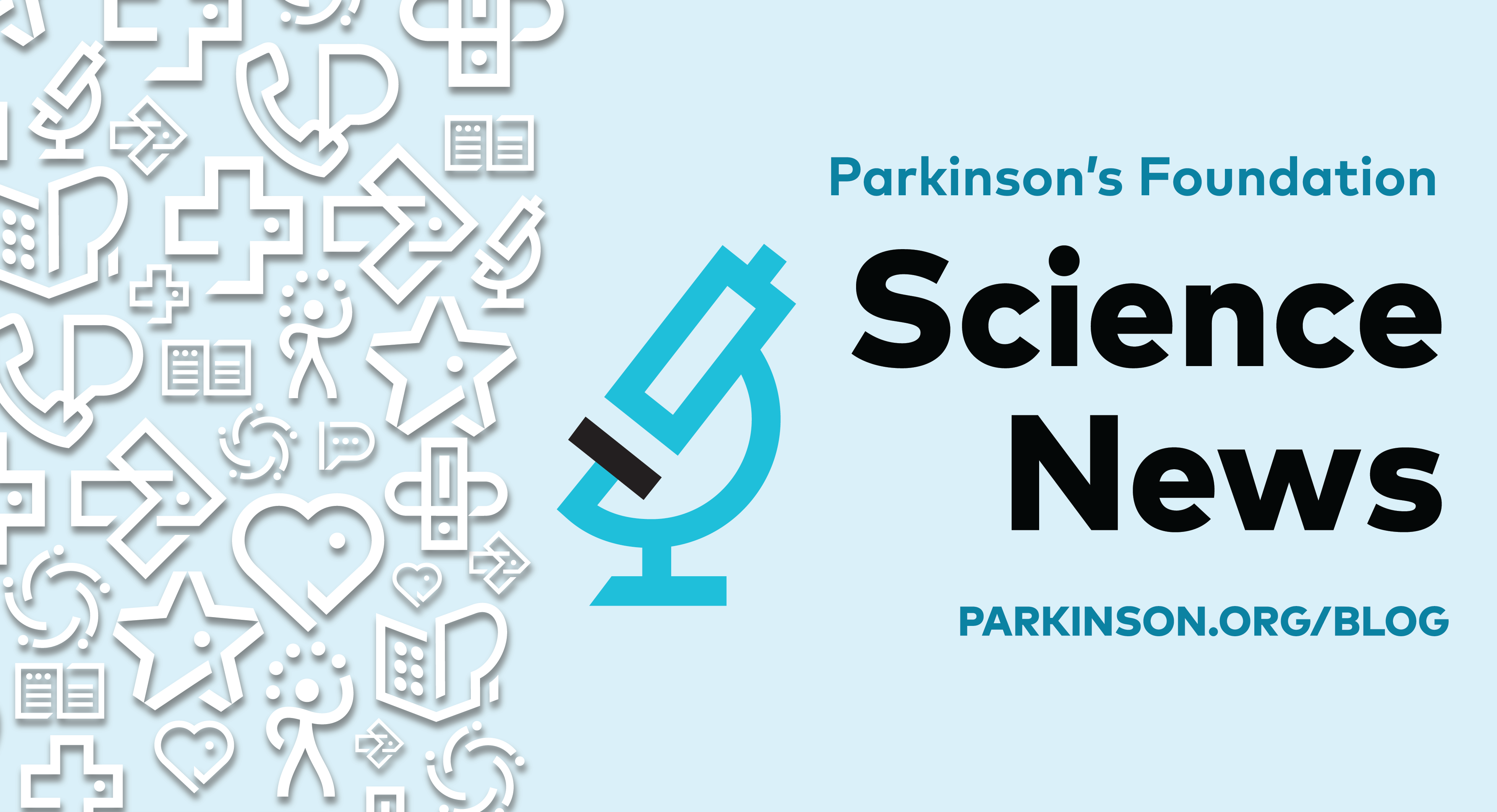Two New Trials Explore Stem-Cell Therapy for Parkinson's

Parkinson's disease (PD) develops from the gradual loss of neurons that produce dopamine, which is critical to your movement, mood and motivation. The quest for effective treatments that address dopamine loss has included stem cell research — using tissue that can be transformed into dopamine neurons. However, previous stem cell studies showed mixed results for Parkinson’s and attempts at transplanting stem cells into the brain have fallen short.
A new avenue of possibilities has emerged with induced pluripotent stem (iPS) and human embryonic stem (hES) cells. These types of stem cells have the unique ability to develop into any cell type in the body, offering a potentially limitless source for generating the dopamine neurons lost in Parkinson's.
Scientists have been exploring the potential of these cells to create safe and effective therapies that could one day alleviate Parkinson’s symptoms. Interestingly, the development of iPS cells earned Shinya Yamanaka the Nobel Prize in Physiology or Medicine in 2012. This type of stem cell is derived directly from adult tissue and is not associated with embryonic stem cells.
Two new clinical trials (Phase I and II), both published in Nature, evaluated the safety and potential benefits of transplanting early-stage dopamine-producing cells derived from specific types of stem cells.
-
One study, conducted in Japan, explored iPS cells, which were derived from the blood of a healthy adult.
-
The other study, conducted in the U.S. and Canada, used a human embryonic stem (hES) cell line developed in 1998.
These trials involved a total of 19 people living with Parkinson's, with seven enrolled in the iPS study and 12 in the hES study.
Each participant received a transplantation of cells on the path to becoming dopaminergic neurons, derived from either iPS or hES cells, directly into a part of the brain involved in movement (called the putamen). Both studies randomly divided participants in half, with half receiving a higher dose of cells, and half receiving a lower dose of cells. All participants received immunosuppressive medication, which reduces the activity of the body's immune system to prevent it from attacking the new dopamine-producing cells.
Study Results

The primary focus of these trials was to monitor the safety of the approach and to carefully track any problems that occurred 18-24 months after transplantation.
Encouragingly, the results showed no serious adverse events in either study directly linked to the cell transplantation. Magnetic resonance imaging (MRI) scans showed no signs of tumors forming from the transplanted cells. Additionally, there were no issues in either study with involuntary movements (dyskinesias) induced by the transplanted cells, which has been a concern with previous cell studies.
Beyond safety, the researchers also observed any changes in the participants' symptoms and their brain's ability to produce dopamine. Most participants continued their PD medications.
For the participants receiving cells from iPS cells, among the six participants who underwent a thorough evaluation (one dropped out due to a COVID-19 infection), most showed notable improvements in their movement symptoms.
-
Four participants showed improvement on a standard scale used to assess Parkinson's movement symptoms when they were off their medication and five participants had improvements in the PD measurement scale when they were on medication.
-
Furthermore, brain scans using a specialized tracer that detects dopamine production revealed an average increase of 44.7% in dopamine activity in a key brain region called the putamen, with even greater increases seen in those who received a higher dose of the transplanted cells.
While other measures showed more subtle changes, the overall findings are promising.
For the participants receiving cells from hES cells, the researchers also saw signs that the therapy might be working. Brain scans taken 18 months after the transplant showed:
-
Increased activity in the putamen, suggesting that the transplanted cells had survived and were potentially functioning.
-
Furthermore, those who received the higher dose of the cell therapy showed an average improvement of 23 points on their PD measurement scale scores when they were off their regular medication.
While these are early results that need to be replicated, they offer a glimpse into a potential new way to treat Parkinson's and pave the way for larger studies to confirm these findings.
Highlights
-
Two studies enrolled 19 people with Parkinson’s and transplanted stem cell-derived progenitor cells on the path to becoming dopaminergic neurons directly into a part of their brain called the putamen.
-
Both studies used established stem cell lines, meaning no new tissue donation was involved.
-
Both studies observed an improvement in Parkinson's movement symptoms in most participants.
-
Brain scans showed increased activity in the area of the brain after the cells were transplanted, suggesting that the cells survived and were potentially functioning.
-
The iPS cell study revealed an average increase of 44.7% in dopamine activity, with greater increases in those who received a higher dose.
-
-
There were no tumors formed or other issues linked to the cells 18 months after transplantation.
What does this mean?
Overall, the main takeaway from these studies is that it appears stem cell research can be conducted safely without major adverse effects. Additionally, the studies also suggest the possibility that stem cell treatments may be able to help people with PD manage symptoms. However, more research is needed to confirm that this treatment is safe and effective, particularly in larger and longer-term studies.
In addition, while these studies may have just re-opened the door for more PD-related stem cell research, it is important to know that potential stem cell treatments are linked to PD movement symptoms relief, not non-movement symptoms. In summary, these studies will most likely kick-start new research surrounding stem cell therapy as a promising treatment for Parkinson’s.
What do these findings mean to the people with PD right now?
This breakthrough offers a new line of research hope for people living with Parkinson’s today. It has been a long time since stem cell-based therapies have been seen as a safe treatment option with promise for symptom management. However, stem cell therapies are not yet a proven treatment for PD.
Given the promising results of these iPS cell or hES cell studies, similar studies will most likely be on the horizon. If you find a stem cell study of interest, talk to your PD doctor about the study, and share the study protocol and informed consent for him/her to review. It is a red flag if a study does not provide either one of these documents. Importantly, there should never be a fee or cost to participate in a clinical trial, including stem cell trials and studies.
This article is part of our Science News series. The studies mentioned in this article are conducted by a third party and are not funded by the Parkinson's Foundation.
Learn More
The Parkinson’s Foundation believes in empowering the Parkinson’s community through education. Learn more about PD and the topics in this article through our below resources, or by calling our free Helpline at 1-800-4PD-INFO (1-800-473-4636) for answers to your Parkinson’s questions.
Related Materials
Related Blog Posts


